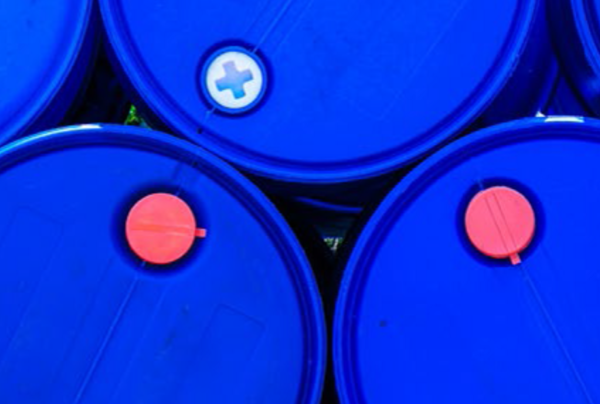Commercial insurance is one (perhaps the only) industry where the seller does not know the cost of goods sold until well after the purchase transaction. That is certainly the reason why underwriters have long practiced risk management, a term that since the financial crisis of the last decade seems to be included in everyone’s lexicon.
There are several paths toward risk management but here we will discuss loss prevention (limiting the likelihood of loss/damage to goods in transit) and loss control (reducing the extent and impact of loss/damage should it occur).
While these may not be the most exciting operational functions, we are buoyed by the words of Peter Drucker, the management guru, - “The first duty of business is to survive. The guiding principle of business economics is NOT (our emphasis) the maximisation of profits. It is the avoidance of loss.”
Due to some generally shared inherent characteristics, Life Science shipments represent a unique challenge to marine insurers that can be summarised by a few bullet points. They have:
- High per conveyance values
- High perishability
- High theft-attractiveness
- High regulatory oversight
- High total loss potential
This is not the ideal profile for any account yet alone a portfolio. How do insurers deal with these types of risk and, more importantly, how can shippers and other stakeholders (risk management is a team activity) assist them? There are numerous channel partners or links in today’s complex, global supply chain as goods travel from origin to destination. Add to this the diversity within the Life Science sector with “Big Pharma” where there is an expectation of state-of-the-art processes and procedures to growing generic companies, small startups and even NGOs working on drug outreach to underdeveloped nations.
The various supply chain constituents may have differing objectives; ideally there will be more meshing than competing. With Life Science manufacturing continuing to shift its centres of excellence from established to emerging hubs, can we expect brick and mortar and “virtual” companies to outsource to contractors located in regions with less established transport infrastructure potentially offsetting benefits due to a lagging time to market? Moreover, with geographical concentrations of production and the drive towards “leaning” of inventories, it appears as if single localised disruptions could wreak havoc.
Also, will transportation companies develop routing networks that maximise their asset deployment with transfers and in-transit handoffs that elevate the potential for cargo loss, damage and delays? Or will logistics schemes result from a more collaborative dialogue? These are a few of the things that can disturb a senior manager’s quiet night sleep.
Each insurance company develops its own underwriting criteria (“special sauce”) based on corporate directives, underwriting acumen and institutional knowledge which may well be influenced by “scar tissue” from past poor experience.
There are a number of factors to consider but typically due diligence focuses on the product, the trade lane(s), packaging, the conveyance, transportation providers and handling.
For the full paper please click HERE.
